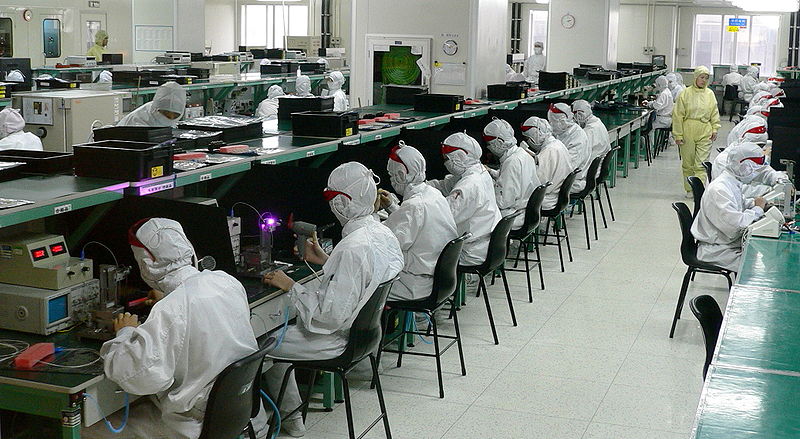Foxconn Sees Supply-Chain Woes Continuing Through Next Year

Foxconn, biggest assembler of Apple’s iPhones, expects revenue decline for end-of-year quarter as component shortages continue
Foxconn, the biggest assembler of Apple’s iPhones, said it expects worldwide supply-chain issues to continue until the second half of 2022.
The Taiwan company, formally known as Hon Hai Precision Industry Co., also said it expects its consumer electronics revenes from the October to December quarter to decline year-on-year, in part because of component shortages.
The revenue decline is also partly due to Foxconn’s relatively high revenue for the quarter last year, after several smartphone launches were delayed from the September quarter due to the pandemic.
“If not for the material shortage, the outlook for the fourth quarter would in fact look better,” said Foxconn chairman Young Liu in an earnings call.

Supply chain woes
Apple said last month that supply-chain issues, including chip shortages and Covid-19 lockdowns in manufacturing areas in Southeast Asia, had cost it $6 billion (£4.5bn) in lost revenues for the July to September quarter and hindered iPhone production.
Apple said the impact of component shortages would grow worse in the October to December quarter during the Christmas shopping season, but didn’t predict how long the issues could last.
Factory closures in Vietnam and Malaysia, areas that assemble chips and electronics, have added to supply-chain problems in recent months.
Liu said Foxconn expects shipments of some components, such as the optical modules used in smartphone cameras, to return to normal by the end of this year.
Electric vehicles
Apple assembler Pegatron said last week it also sees supply-chain constraints improving in the fourth quarter.
But Liu said power management chips used in battery-operated devices such as smartphones are likely to remain tight.
Foxconn said July to September profits rose 20 percent from a year earlier, to 36.98bn New Taiwan dollars ($1.33bn, £1bn), while revenues rose by 8.8 percent.
The company said its efforts to move into the electric-vehicle market, including a deal to build cars for US start-up Fisker, should begin to make a contribution to revenue in the third quarter of 2022.